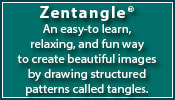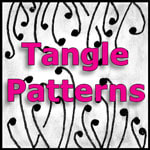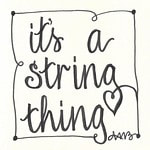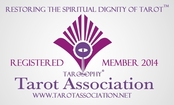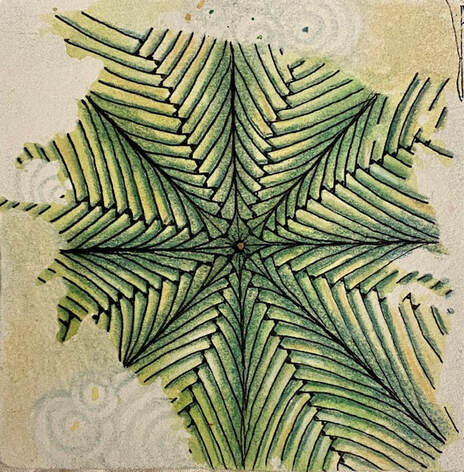 Monotangle (done in MapTangling style) of Betweed. Using Micron 01 in black; shaded with General Chalk pencils. Shadow tangling in the background just using a tortillion (same tortillion used for shading, so had some shadow color on it from the chalk pencils). Inspired by Zenjo's YouTube video. Monotangle (done in MapTangling style) of Betweed. Using Micron 01 in black; shaded with General Chalk pencils. Shadow tangling in the background just using a tortillion (same tortillion used for shading, so had some shadow color on it from the chalk pencils). Inspired by Zenjo's YouTube video. I noticed my British friend and teacher extraordinaire, Jo, has a YouTube channel (why didn't I know this before?) and I took a look today. She did a lovely job demo-ing one of my old favorite tangles, Betweed. I've loved this tangle forever and used to use it all the time. Why did I stop? Like a lot of things, it just passed out of my consciousness at some point and I haven't done it in years. What a welcome reminder. I had time to experiment this afternoon and decided to use her video to do this monotangle version of it. Soooooooo relaxing. But rather than do it plain, as she did, I used a tile I had previously prepped for MapTangling, and used that as a technique. Well then I couldn't leave well-enough alone so I did some shadow work in a couple of the negative space surrounding the motif. This was totally fun. I liked the depth and subtlety. Ah, but I thought I might run it through an app on my iPhone to see how it would look. Holy crow! It went from subtle to glaring. You had better wear your darkest sunglasses for this version below (altered by the iPhone app). Once I start playing with the iPhone to alter a photo, it turns into a project all on its own. Using another iPhone app, I came up with all of these: There is something to be said for each of them. Besides, it's so much fun being able to play with alternatives. It's even more fun greeting an old friend--this tangle--one I haven't seen for awhile. I imagine we will all feel that way once the pandemic is over and we are able to see each other in person again. We can Zoom, and that's helpful, but to be able to spend time with old friends and hug each other again...priceless. “Friendship is the only cement that will ever hold the world together.”
– Woodrow Wilson “A day without a friend is like a pot without a single drop of honey left inside.” – Winnie the Pooh 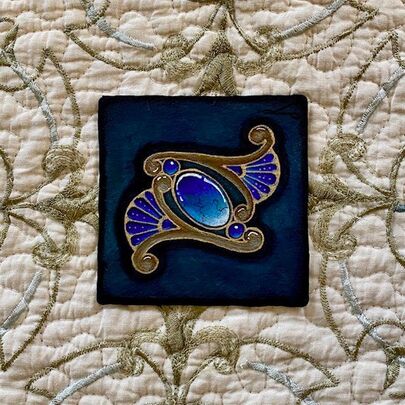 A Zengem on Black, from a string developed by Stefanie vanLeeuwen using multiple Prismacolor pencils and General's Chalk Pencils, plus a White Gellyroll pen. #tanglestudiostefanie, #zengemonblack A Zengem on Black, from a string developed by Stefanie vanLeeuwen using multiple Prismacolor pencils and General's Chalk Pencils, plus a White Gellyroll pen. #tanglestudiostefanie, #zengemonblack Truly, I am a lucky gal. I did this tangle last night for a friend whom I think of as a real gem. This woman has been my mentor for the last two years in a meditation teacher training program. She has been unbelievably kind, sensitive, helpful, and has drawn liberally from and shared her own deep practice and her decades of experience teaching meditation to others. In the process she has been a powerful example to me, as well as to the other four people in my small peer group for the last couple of years. We have been fortunate to know her. In Buddhism there are many lists, one of which is known as "The Three Jewels: The Buddha, the Dharma, and and Sangha." I mailed off this little Zentangle® Gem Portrait today with that in mind, to say thank you to her. She has managed to embody the Buddha's teachings, transmitting the Dharma clearly and faithfully, and with patience and kindness has helped us to form a peer supervision group (the Sangha) that will continue long after the program ends. Thank you, Adi. "...You should understand that you are one of the Three Jewels. You shouldn't put the Three Jewels outside of yourselves; you should always think of yourselves as being one of the Three Jewels—and that includes your body, your speech, and your mind.” ― Dhomang Yangthang, The Union of Dzogchen and Mahamudra Yes, it really looks this way. This exquisite photograph of the Grand Canyon at Sunset was taken on the Martin Luther King Holiday, 2021, by Michael Quinn, a fabulous National Park Service photographer who has lived at the Canyon forever. I think it speaks to his heart. It certainly speaks to mine. Eating Fruit at the Grand Canyon - A song to make death easy Since this great hole in earth is beyond My comprehension and I am hungry, I sit on the rim and eat fruit The colors of the stone i see, Strawberries of iron cliffs, sagebrush melons, white sand apple, grapes The barely purple of the stonewashed slopes, And every color I eat is in my vision, Colonized by my eye, by me and everyone I have known, so vast, so remote, That we can only gaze at ourselves, wondering At our reaches, eat fat fruit while we Grow calm if we can, our folded Rocky interiors pressed upwards through Our throats, side canyons seeming almost Accessible, the grand river of blood Carving us even as we sit, devouring Color that will blush on our skin Nourish us so that we may climb The walls of the interior, bewildered, Tremulous, but observant as we move Down in, one foot, another, careful not to fall, to fall, The fruit fueling us in subtle Surges of color in this vastly deep Where birds make shadow and echo And we have no idea Why we cannot comprehend ourselves, Each other, a place so deep and bright It has no needs and we wonder What we’re doing here on this fragment Of galactic dust, spinning, cradled, Awestruck, momentarily alive.” ― Diane Hume George This is the result of a truly wonderful class with Stefanie vanLeeuwen this afternoon <@tanglestudiostefanie>. There were students from Canada, the USA, Holland, Germany, the Carribean, and Spain. We had such a good time and I certainly learned a lot. I'll be trying this method again with other forms and colors.
Every person in the class produced something very beautiful--the sign of an excellent teacher. Stefanie had everything extremely organized well in advance. I chuckle when I contrast the sense of control I have with colored pencils to the lack of control I have with watercolor; see yesterday's post for more on that. Art is truly endless learning. "Regard everything as an experiment," said artist Corita Kent. Words of wisdom. Or should that be, Rusty AND Tricky? I did some watercolor yesterday and today and wow, was the it ever hard to handle. What a mess! The result is fun but not particularly good--I say that not to put myself down, only to say I can definitely get better with practice. It's been about 3 years since I've done any watercolor practice, and it shows. Did this one in a class by Sam Taylor (@Zenlapse on IG). I'd gotten a new set of "tropical" colors and couldn't wait to try them out, so I tried them out on this warty fish: It's just amazing how that darned water can get away from me. Or I would assume something was dry, only to discover it wasn't...so then I'd have one color running into the other. Or I put my hand down to draw something and would feel that sickening wet feeling under my hand--I'd forgotten that part was still sopping wet and now I'd smeared it. Yikes! Hilarious, however. Watercolor requires patience and plenty of mindfulness. Looks like it's time for me to cultivate both. I think I'll try doing another fish. Because watercolor actually moves on the paper, it is the most active of all mediums, almost a performance art. 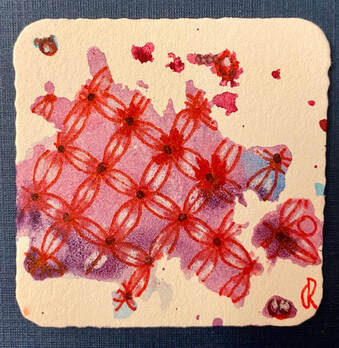 2x2" white Bijou tile with red Micron 01, white and red chalk pencil, and Map Tangled watercolor. 2x2" white Bijou tile with red Micron 01, white and red chalk pencil, and Map Tangled watercolor. After I posted yesterday I found this Bijou (2.2") tile. Truth be told, this was the very first Map Tangling tile I did at the workshop yesterday. I had tossed it aside because 1) I did it "wrong," (normally a black Micron is used for the tangling; I used red) and 2) I thought it looked terrible But a big Zentangle® guideline is, "There are no mistakes in Zentangle." And I had ignored that. When I found the tile while cleaning up and putting materials away, I took a second look. I added a few black center dots and a tiny bit of chalk pencil shading, and voila. Suddenly I liked it a lot better. Many lessons here. The first is about the randomness of Map Tangling results--just like the randomness of what happens to us in life. Then there's the typical immediate adverse reaction to something that didn't meet expectations, with a later softening of that reaction, and then a final change of mind. Just like life. Also, there's the experience of allowing myself to experiment and put a little more effort into something to see if can be salvaged--and it can. Just like life. Finally, even if I still disliked this tiny tile, still felt disappointed with it (although I quite like it now), I know I would still be happy to have made it because it was an important first try, an important learning, an important session of practice. Yup, just like life. 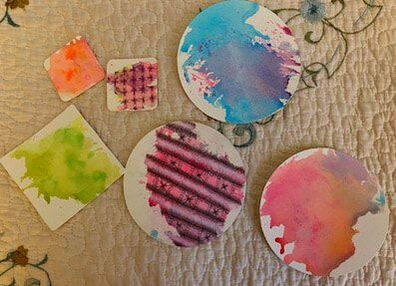 6 tiles prepped in Map Tangling style (watercolor), two of which have been tangled. 6 tiles prepped in Map Tangling style (watercolor), two of which have been tangled. For years I've heard about Map Tangling and while I had some idea what it was (see below), and had really admired it, I didn't have time to figure out how to create it. Today I took a class with Nancy Domnauer. Great fun! She's an excellent teacher. Here you can see my first attempts. We spent time preparing the tiles with watercolor (that's where the Map Tangling technique really applies) and then completing two monotangle tiles. There appear to be at least two ways to prep a tile by Map Tangling. Nancy's class focuses on one. I think there is at least one other. I will be playing with this technique for sure--I know I can get better at it with practice. 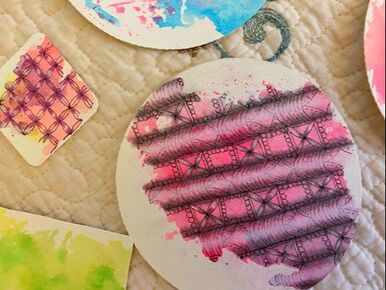 a As shown here and above, "Map Tangling" is when a watercolor wash is applied to a tile in such a way that the colored portion is left with ragged edges., and could be interspersed with lots of white space or just have white space surrounding it. Only the colored space is then tangled. The watercolor background frequently resembles the map of a continent or country--hence the name. The process reminded me of gelli-printing. There was lots of pressing going on before the tiles were done, and all results were inevitably surprises. "Research is what I'm doing when I don't know what I'm doing." — Werner von Braun |
ABOUT ME I'm a textile artist (traditional rug hooking, punch needle rug hooking, and other textile arts), a long-time meditator, a certified meditation teacher and coach, and focused on learning about the interplay of art, creativity, and mindfulness every day. Certified Unified Mindfulness Coach
Categories
All
Archives
July 2024
|
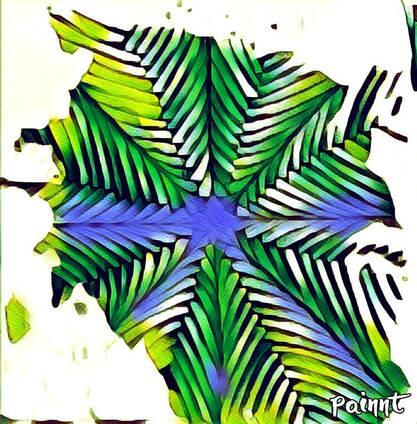
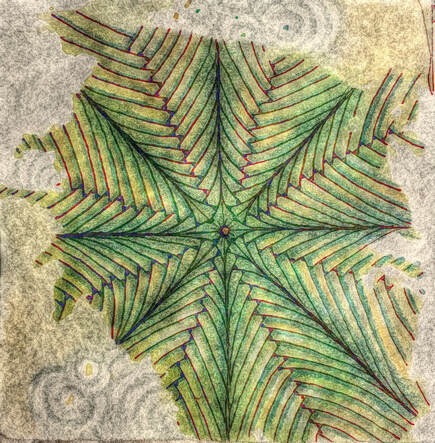
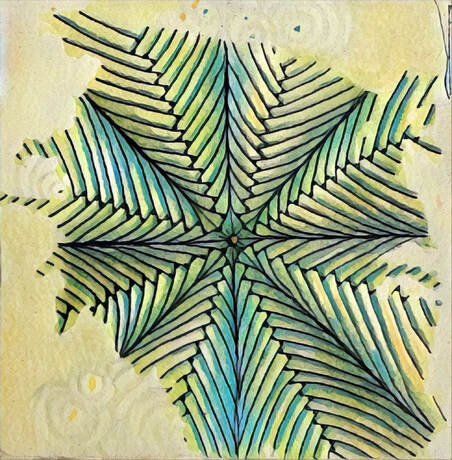
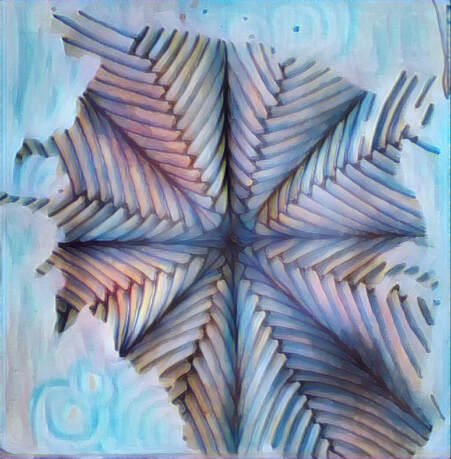
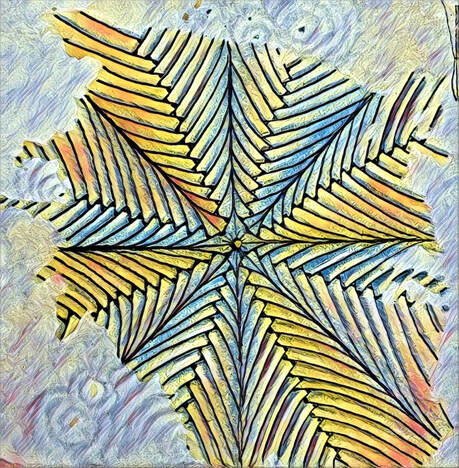
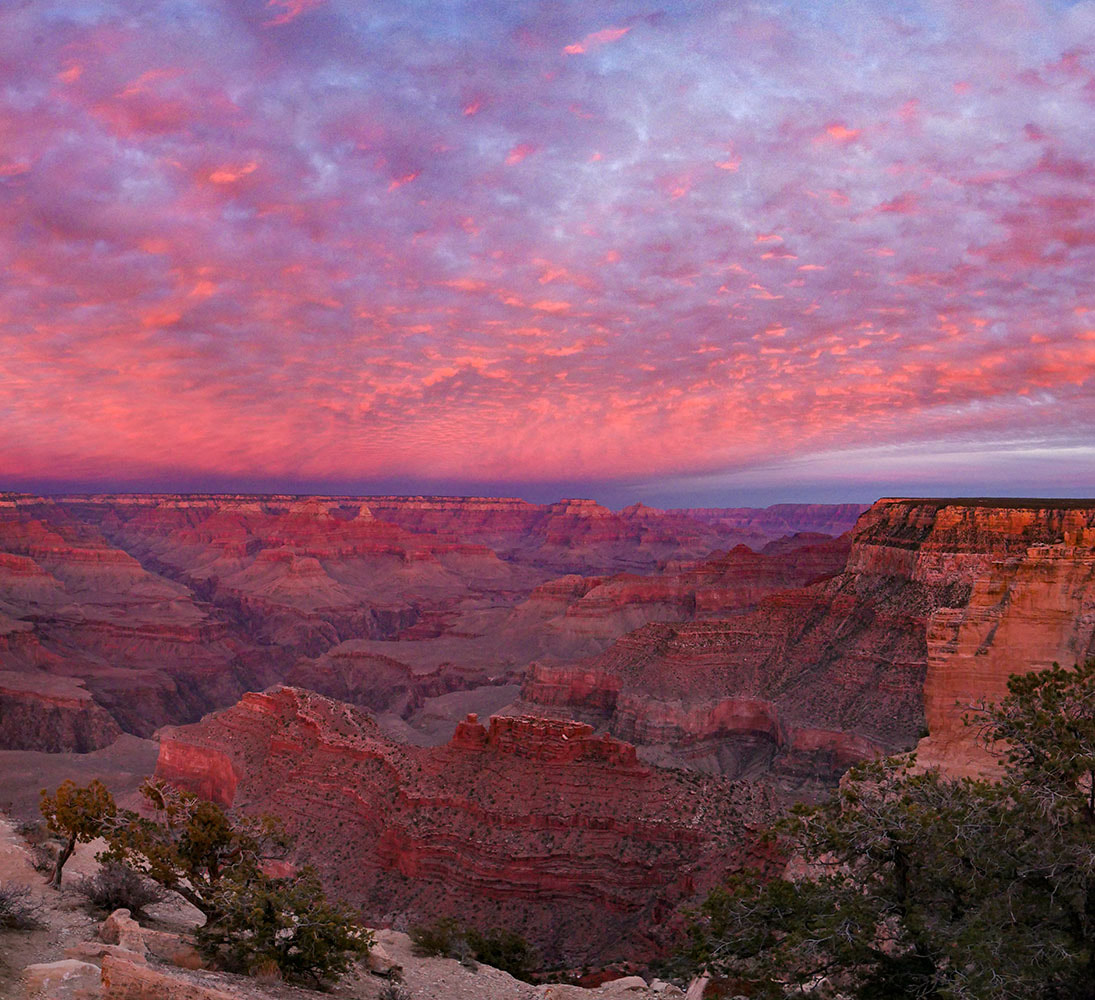
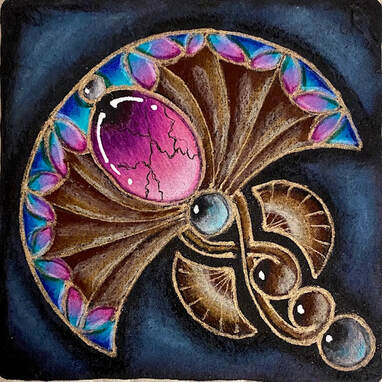
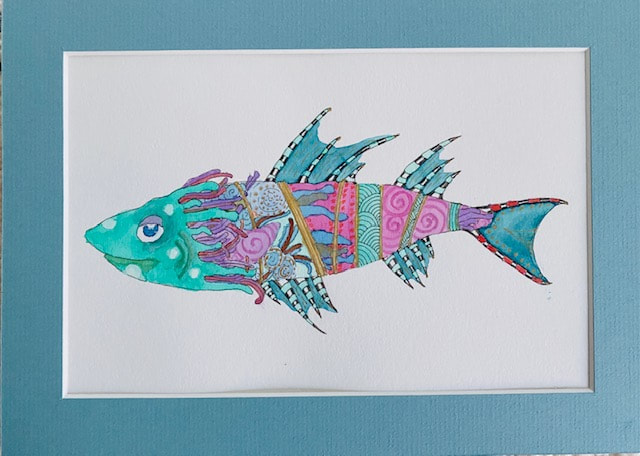
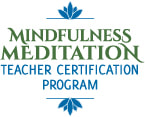

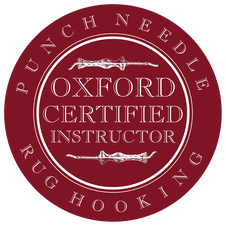

 RSS Feed
RSS Feed
